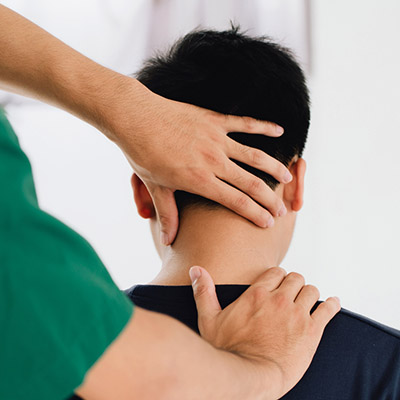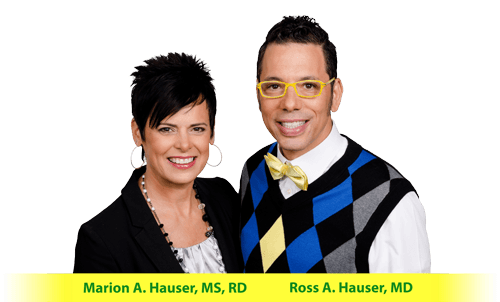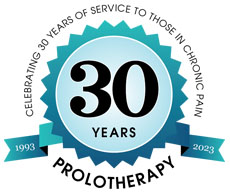 Are you someone who “cracks” or “pops” your back, neck, knuckles, or other body parts, otherwise known as a “self-manipulator.”
Are you someone who “cracks” or “pops” your back, neck, knuckles, or other body parts, otherwise known as a “self-manipulator.”
When a joint is restricted, you may feel the urge to adjust it yourself to restore function. Often when you self-adjust, you are forcing the adjustment and could be performing it on the wrong joints. Yikes!
You may be thinking, “well, it feels good, and I get some relief.” That may be true, however, you will likely have the urge to force an adjustment again. Then you continue in this vicious cycle of incorrect, forced adjustments, which could then lead to damaging your spine or joints, making them looser.
The reason you feel the need to adjust yourself is because of the underlying joint instability. In other words, your body’s support structures are unable to hold the bones in proper alignment. When a patient has underlying joint instability, it means he/she needs treatment to stabilize those support structures so that they can do what they need to do. As you know, we perform Prolotherapy here at Caring Medical which stimulates your body to repair these weak, injured areas.
Cracking your own joints is a bad habit and like all unpleasant habits, it can be challenging to break. We have seen patients over the years who self-adjust many times per hour, every day of the year for many years. Is it no wonder they are suffering from joint instability? This habit can become very addictive, so if you are a self-cracker, please try to stop that habit!
Instead of cracking your own joints, you could try stretching. This is a fantastic way to release some of the stiffness you may be feeling and is much safer than self-manipulation. There are many stretches that you can do to relieve back pain. Try laying on your back and bringing your knees to your chest. This can help lengthen your lower back while relieving tension and pain. You could also try the popular yoga poses, cat cow and up/down dog (as long as your provider has not restricted your movements due to instability.) These types of movements increase your flexibility and ease some of the tension you feel in your lower back or core muscles. Having a strong core, in and of itself, will help relieve back pain. We should all be working on our core strength!
Sometimes patients need to see a provider who performs manual medicine treatments. If that is the case, we recommend using a chiropractor or skilled manual physical therapist familiar with regenerative medicine who can assess your musculoskeletal alignment and perform gentle adjustments to help restore movement of a joint or spinal segment and improve its function in conjunction with your Prolotherapy treatments. This is a much better option than self-adjusting! We recommend that you leave the adjusting to the professionals.



